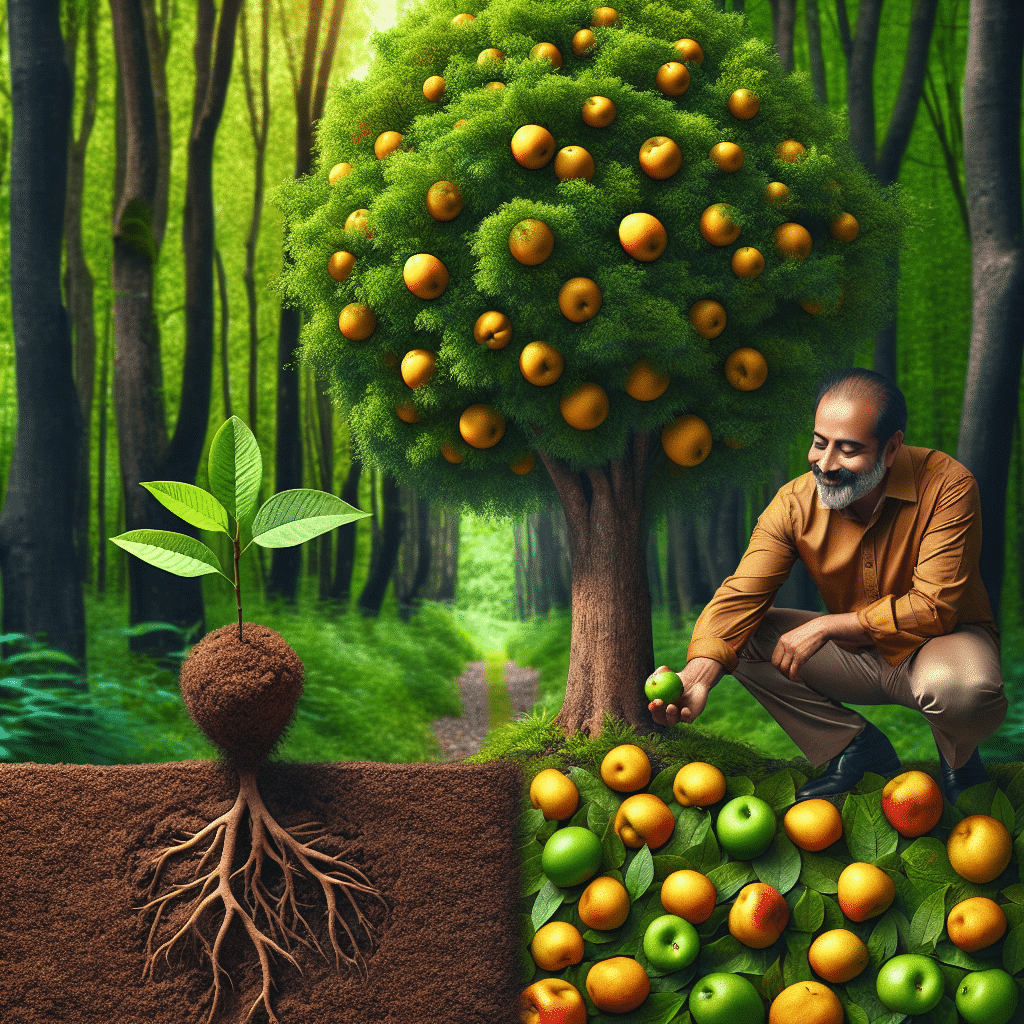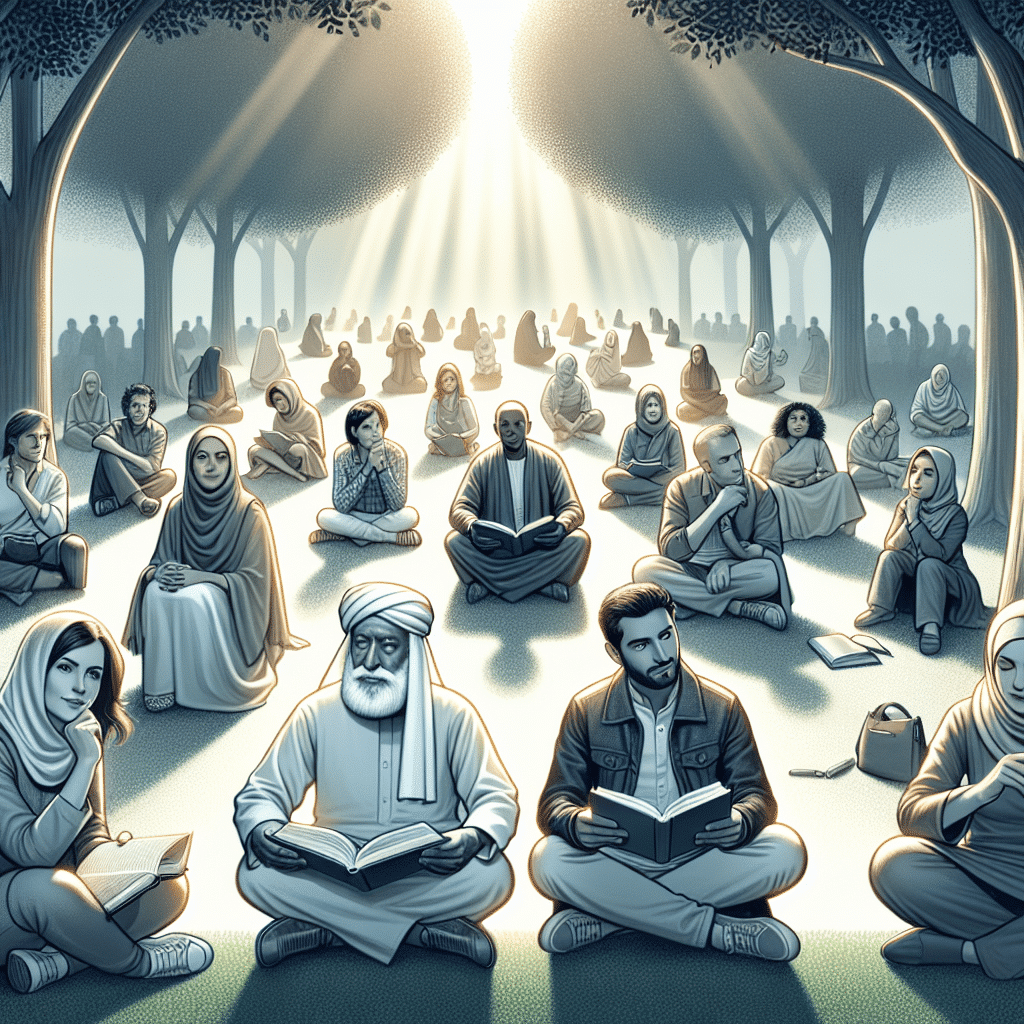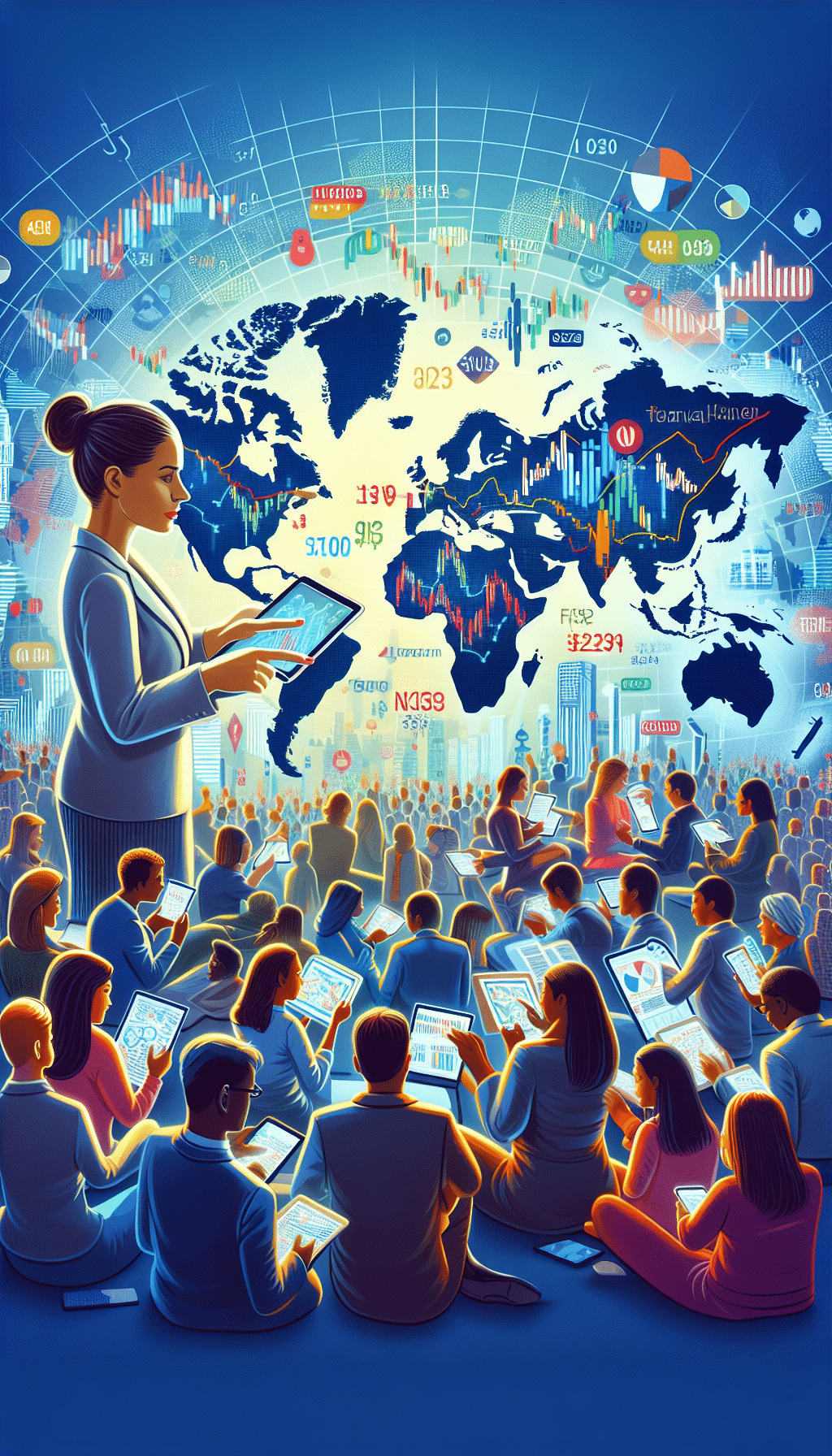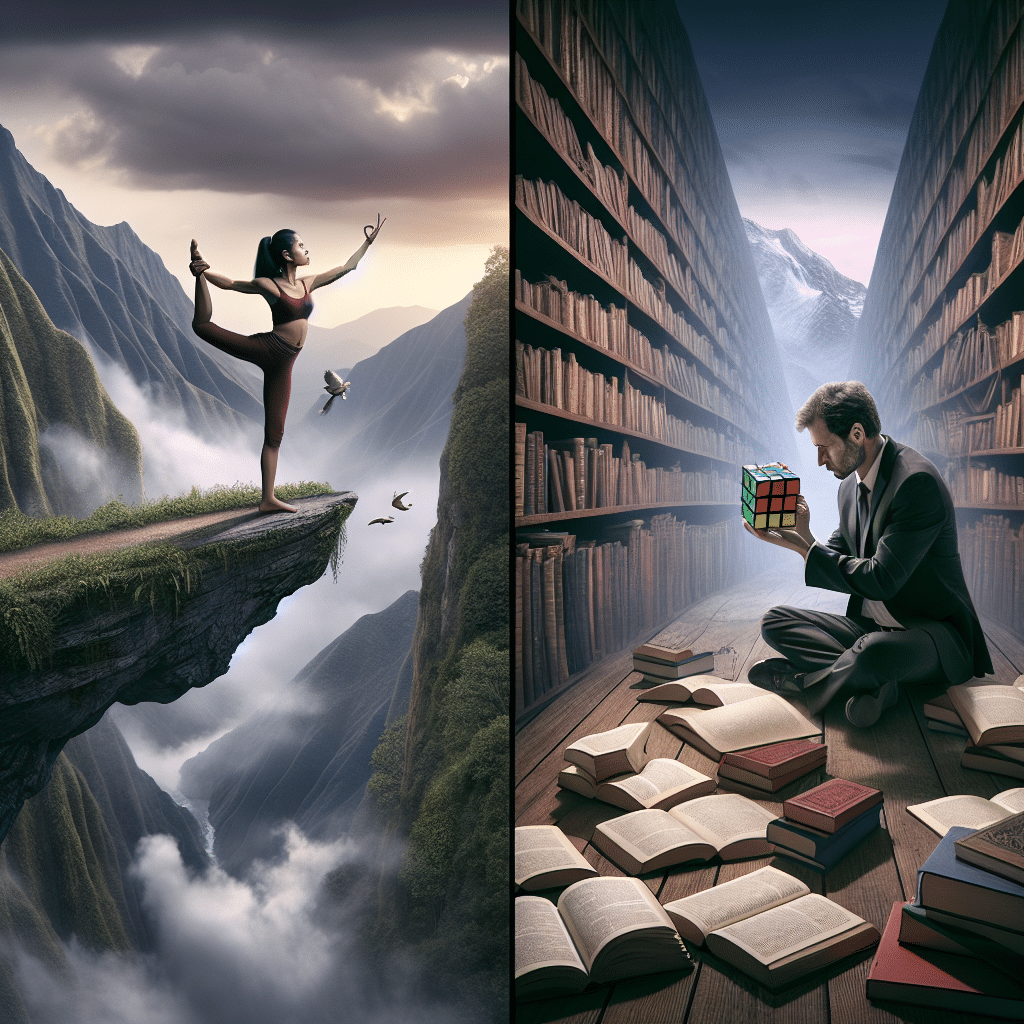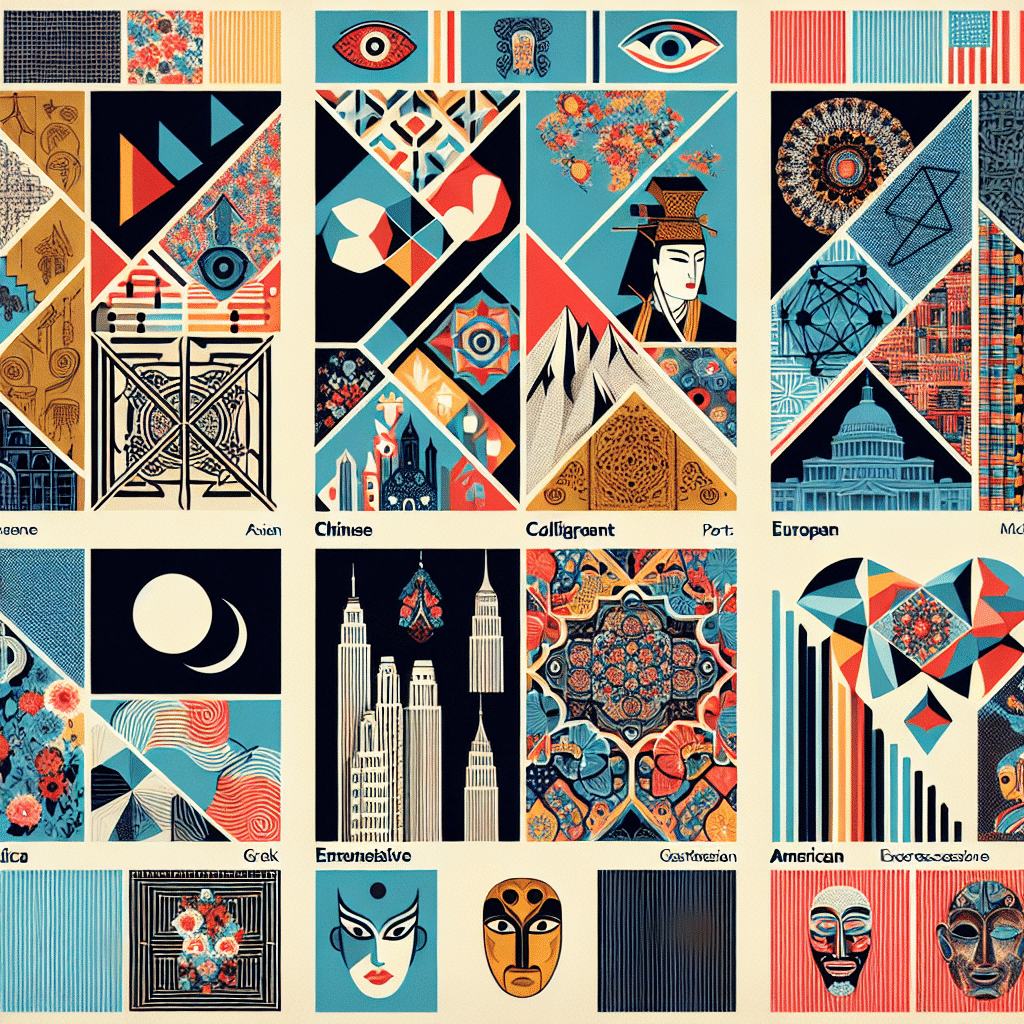
Global trends in creativity are rapidly changing and shaping the way we think, innovate, and create. Creativity, defined as the ability to generate unique ideas, insights, and solutions, is a crucial aspect of human endeavors in various fields. This article explores the importance of global trends in creativity and how they are influenced by technological advancements, cultural diversity, and the emergence of new creative industries.
Importance of Global Trends in Creativity
Creativity is a fundamental aspect of human intelligence and is essential for innovation and problem-solving in various fields. Global trends in creativity play a crucial role in driving societal progress, economic growth, and cultural exchange. It is through global trends that the spread and adoption of creative ideas, practices, and perspectives take place across different regions, countries, and cultures.
One of the key reasons why global trends in creativity are important is because they provide opportunities for collaboration and cross-pollination of ideas. When creative individuals from diverse backgrounds come together, they bring with them unique perspectives, experiences, and approaches to problem-solving. This blending of ideas sparks innovation and leads to the development of breakthrough solutions that can address global challenges and improve the quality of life for people around the world.
Moreover, global trends in creativity also help in fostering cultural understanding and appreciation. By showcasing and celebrating the creative expressions of various cultures, these trends encourage cultural exchange and promote a sense of shared humanity. Through platforms such as international art exhibitions, music festivals, and design conferences, people from different countries and backgrounds get the opportunity to experience and learn from one another’s creativity, leading to a more interconnected and inclusive global society.
Technological advancements have been a significant driver of global trends in creativity. The rise of the digital era has provided new tools, platforms, and mediums for creative expression. From digital art and animation to virtual reality and artificial intelligence, technology has enabled creatives to push the boundaries of what is possible. The internet has also facilitated the rapid dissemination of creative content, allowing ideas to spread across borders instantaneously. This interconnectedness has resulted in the emergence of global creative communities that collaborate and inspire one another.
Cultural diversity is another important aspect of global trends in creativity. Each culture brings its own unique artistic traditions, values, and aesthetics, which contribute to the richness and diversity of the global creative landscape. By embracing and celebrating cultural diversity, global trends in creativity create opportunities for new forms of artistic expression and innovation. They challenge dominant narratives and open up space for marginalized voices and perspectives to be heard and valued.
Lastly, the emergence of new creative industries is an exciting global trend that demonstrates the economic potential of creativity. From the booming video game industry to the rise of digital media and content creation, creative industries are becoming increasingly important contributors to national economies. This trend not only highlights the need for investment in creative education and infrastructure but also underscores the value of nurturing and supporting creative talent.
In conclusion, global trends in creativity have far-reaching implications for individuals, societies, and economies. They promote collaboration, cultural understanding, and innovation. By embracing and harnessing these trends, we can create a more inclusive, interconnected, and prosperous world.
III. Technological Advancements and Creativity
Technology has dramatically impacted the way creativity is expressed and consumed on a global scale. Advancements in various digital platforms and tools have opened up new possibilities for creative individuals and industries.
Innovative Tools and Software
One of the key ways in which technology has influenced creativity is through the availability of innovative tools and software. These tools allow individuals to explore their creative potential and produce high-quality work. For example, graphic design software like Adobe Creative Cloud enables artists to create visually stunning designs, while video editing software like Final Cut Pro empowers filmmakers to tell captivating stories. The accessibility of such tools has democratized the creative process, allowing anyone with a computer and internet connection to pursue their creative passions.
Virtual Reality and Augmented Reality
The rise of virtual reality (VR) and augmented reality (AR) has also had a significant impact on creativity. These technologies immerse individuals in interactive and immersive digital environments, unlocking new possibilities for storytelling, art, and design. Artists and designers can now create virtual worlds and experiences that push the boundaries of traditional mediums. For example, VR can transport viewers into a virtual art gallery, allowing them to interact with and explore artwork in unprecedented ways. This merging of technology and creativity has created brand new avenues for self-expression and audience engagement.
Online Collaboration and Networking
The internet has revolutionized collaboration and networking in the creative industries. Artists, writers, musicians, and other creative professionals can now connect and collaborate with like-minded individuals from around the world. Online platforms such as Behance, Dribbble, and SoundCloud provide spaces for creatives to showcase their work, receive feedback, and collaborate with others. This global connectivity has resulted in diverse creative collaborations and the exchange of ideas and perspectives. It has also expanded the reach and impact of creativity, enabling individuals to create and share their work with a worldwide audience.
Data-driven Creativity
The availability of big data and analytics has given rise to data-driven creativity. Creative professionals now have access to vast amounts of data that can inform and inspire their work. For example, marketers can analyze consumer data to create targeted and compelling advertising campaigns, while musicians can use streaming and social media data to understand their audience’s preferences and create music that resonates. This fusion of creativity and data has led to new and innovative approaches to various creative fields, enabling individuals to produce work that is not only artistically impactful but also resonates with their target audience.
In conclusion, the global trends in creativity are closely intertwined with technological advancements. The availability of innovative tools and software, the emergence of virtual and augmented reality, online collaboration and networking, and data-driven creativity have all contributed to the expansion and evolution of creativity on a global scale. As technology continues to advance, we can expect even more exciting developments in how creativity is expressed and experienced around the world.
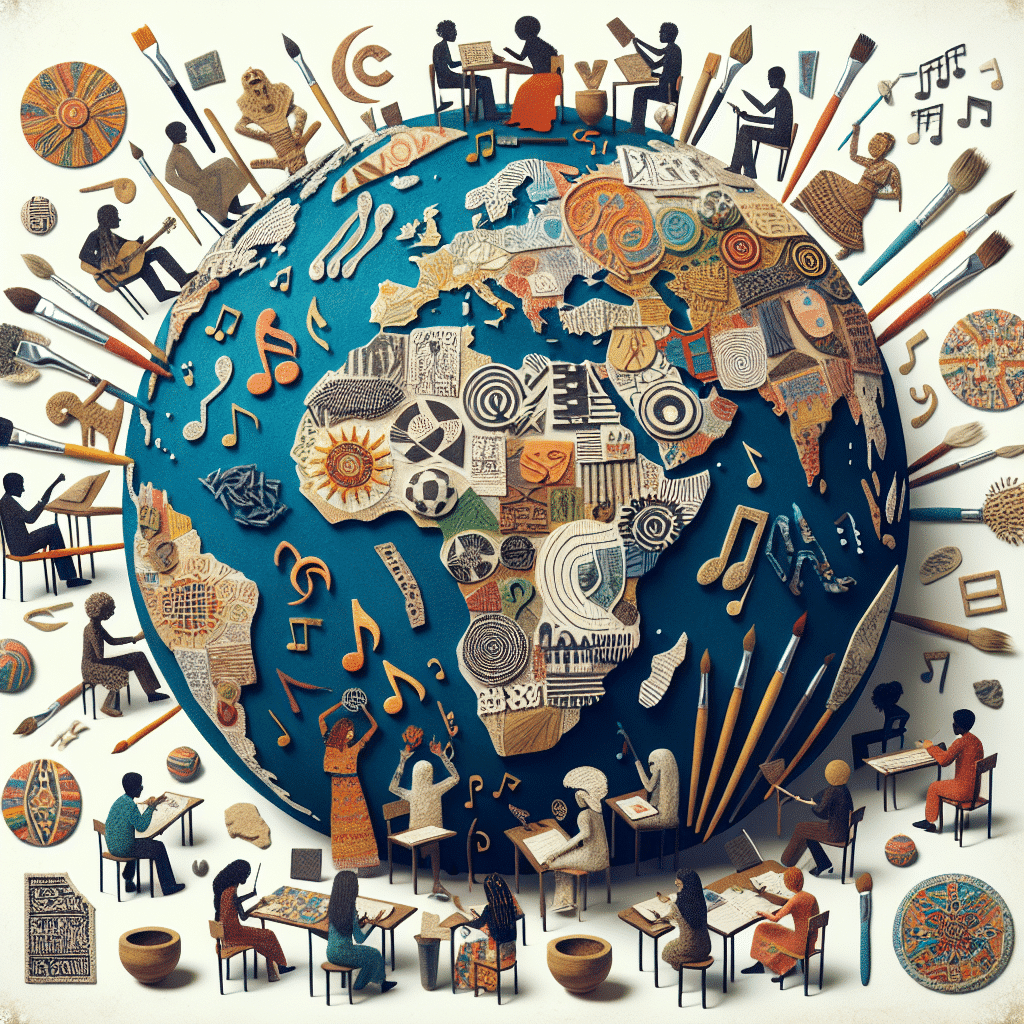
Emerging Creative Industries
As global trends in creativity continue to evolve, new and emerging industries are being fueled by innovation and imaginative thinking. These creative industries are driving economic growth, job creation, and cultural enrichment worldwide. Here are some of the key areas where creativity is reshaping industries:
1. Digital Media and Entertainment
The rise of digital technology has transformed the media and entertainment landscape, creating diverse opportunities for creative professionals. From content creation and digital marketing to virtual reality and streaming platforms, the digital media sector offers endless possibilities for artistic expression and storytelling.
Advancements in technology have also given rise to forms of entertainment that were previously unimaginable. Augmented reality (AR) and virtual reality (VR) experiences, for example, have gained popularity in gaming, education, and even healthcare. These immersive technologies allow users to explore new worlds, interact with digital objects, and experience narratives in a whole new way.
2. Sustainable Design and Eco-friendly Products
With the growing focus on environmental sustainability, the field of design is shifting towards eco-friendly practices. Creative professionals are finding innovative solutions to reduce waste, minimize carbon footprints, and create products that are both aesthetically pleasing and environmentally conscious.
From architecture and interior design to fashion and product development, sustainability is becoming a key consideration in the creative process. Materials such as recycled plastics, organic textiles, and renewable resources are being used to create sustainable designs that contribute to a greener future.
3. Health and Wellness Industries
The health and wellness industries are undergoing a creative revolution as people place greater emphasis on self-care and personal well-being. Creative professionals are finding ways to integrate artistic expression and innovative technology into traditional health practices.
Art therapy, for example, is gaining recognition as a valuable therapeutic tool for mental health and emotional healing. The use of music, dance, and visual arts in healthcare settings is also expanding, with evidence suggesting their positive impact on patient outcomes.
4. Experience Economy and Event Design
In today’s experience-driven world, event design has become a creative industry in itself. From immersive installations to interactive exhibitions, the focus is on creating memorable experiences that captivate audiences.
Event designers and creative professionals are tapping into technology, such as projection mapping and interactive displays, to create multisensory environments that engage all the senses. This fusion of art, technology, and human interaction is transforming traditional events into immersive and dynamic experiences.
5. Education and Learning Innovations
Creativity plays a crucial role in the education sector, driving innovations in teaching methods and learning environments. Creative approaches, such as project-based learning, STEAM (science, technology, engineering, arts, and mathematics) education, and gamification, are being used to make learning more engaging and impactful.
Technology also plays a significant role in education, enabling remote learning, personalized instruction, and interactive learning experiences. The integration of creative thinking and technology is reshaping the way students learn and develop essential skills for the future.
As global trends in creativity continue to shape various industries, it is evident that creative thinking and innovation are essential for driving success and progress in the modern age.
Emerging Creative Industries
In today’s globalized world, creative industries are rapidly emerging as major contributors to economic growth and innovation. These industries, which encompass a wide range of sectors such as design, fashion, film, music, and advertising, have gained significant attention and recognition globally. This section will explore some of the emerging creative industries and their impact on global trends in creativity.
The Gaming Industry
The gaming industry has experienced exponential growth over the past decade, thanks to advancements in technology and increasing demand for interactive entertainment. With the rise of mobile gaming and virtual reality, the gaming industry has become a thriving sector that attracts millions of players worldwide. This industry not only fosters creativity in game development but also drives innovation in storytelling, game design, and virtual experiences.
The Fashion Industry
The fashion industry has always been known for its emphasis on creativity and innovation. However, in recent years, the industry has undergone significant transformations due to the rising influence of digital technologies and social media. The integration of technology with fashion has given birth to new trends such as wearable tech, smart fabrics, and personalized shopping experiences. The fashion industry now thrives on creativity not only in designing garments but also in creating immersive digital experiences and sustainable fashion solutions.
The Media and Entertainment Industry
The media and entertainment industry has witnessed a massive shift in recent years, driven by digitalization and the rise of streaming platforms. This industry encompasses film, television, music, and digital media, all of which rely heavily on creativity for content creation and audience engagement. With the democratization of content production and distribution, aspiring filmmakers, musicians, and content creators now have greater opportunities to showcase their creativity and reach global audiences.
The Design Industry
The design industry, including graphic design, industrial design, and architectural design, plays a crucial role in shaping the visual and functional aspects of our everyday lives. With the increasing emphasis on sustainability and user-centered design, the industry is evolving to incorporate innovative and creative solutions that address global challenges. From eco-friendly packaging to smart cities, the design industry is at the forefront of creating innovative solutions that combine functionality with creativity.
The Advertising Industry
The advertising industry constantly strives to capture audience attention and convey brand messages in unique and creative ways. As consumer behavior continues to evolve, advertisers are embracing new mediums and techniques to engage with their target audiences effectively. From immersive experiential marketing to viral social media campaigns, the advertising industry relies heavily on creative thinking and storytelling to create impactful campaigns that resonate with consumers.
In conclusion, as global trends in creativity continue to evolve, emerging creative industries are playing a crucial role in shaping these trends. The gaming, fashion, media and entertainment, design, and advertising industries are all contributing to a more creative and innovative global landscape. By embracing technology, cultural diversity, and sustainable practices, these industries are pushing the boundaries of creativity and redefining what is possible in the creative world.
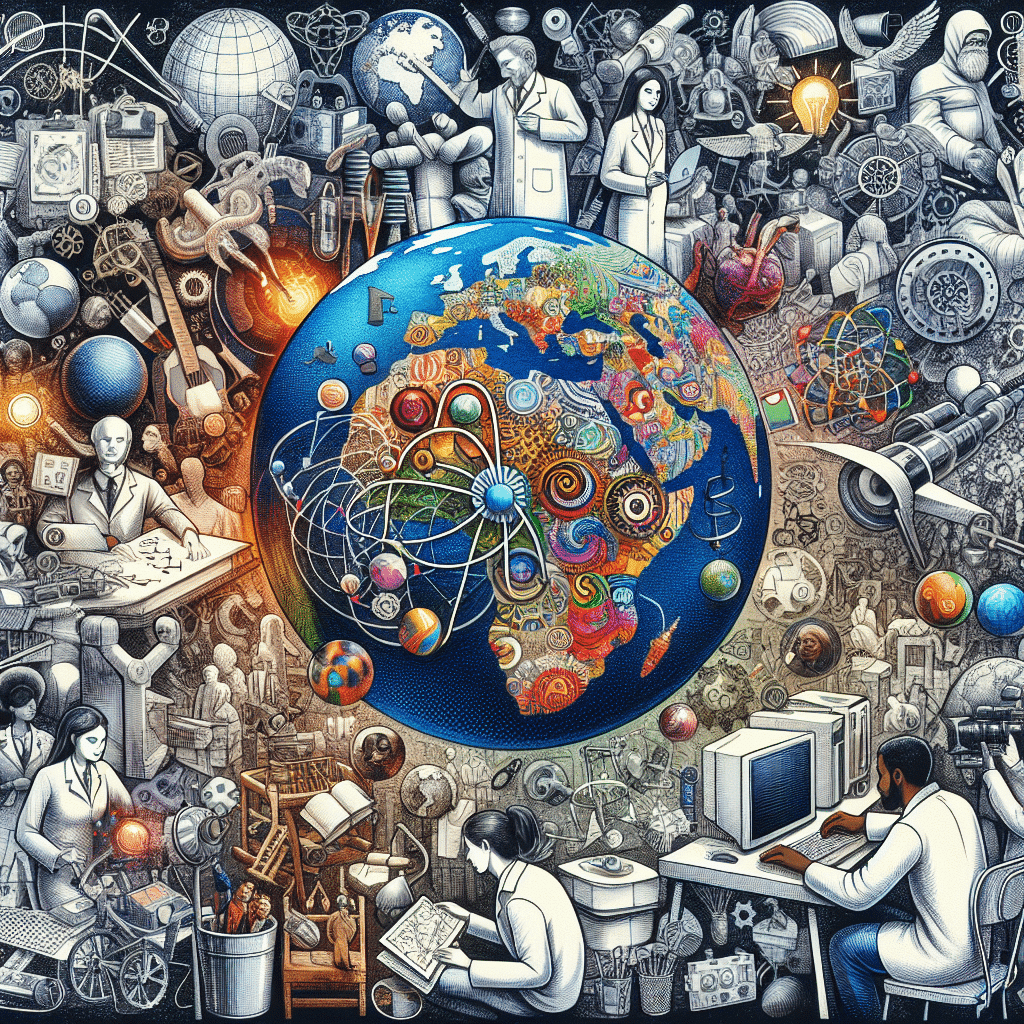
Summary
Global trends in creativity are of significant importance in today’s rapidly changing world. Creativity is defined as the ability to generate new ideas, concepts, and solutions that are original and valuable. It plays a crucial role in various aspects of society, such as innovation, economic growth, and cultural development.
Technological advancements have greatly influenced and shaped global trends in creativity. The rise of digital tools and platforms has democratized the creative process and facilitated collaboration on a global scale. Virtual reality, artificial intelligence, and the Internet of Things are just a few examples of how technology has revolutionized the creative industry.
Cultural diversity is another essential factor in driving global trends in creativity. Different cultural perspectives and experiences bring unique ideas and insights to the creative process. Embracing diversity not only promotes inclusivity but also enhances innovation and creativity in various fields, such as art, design, and entertainment.
The emergence of new creative industries is an exciting development in global trends in creativity. The rapid growth of sectors like gaming, animation, virtual reality, and digital media has opened up new opportunities for creative professionals worldwide. These industries not only contribute to economic growth but also shape popular culture and create new forms of artistic expression.
In conclusion, global trends in creativity are shaped by technological advancements, cultural diversity, and the emergence of new creative industries. Recognizing the importance of creativity in driving innovation and cultural development is crucial for individuals, businesses, and societies as a whole. By embracing global trends in creativity, we can foster a more dynamic and innovative world.

